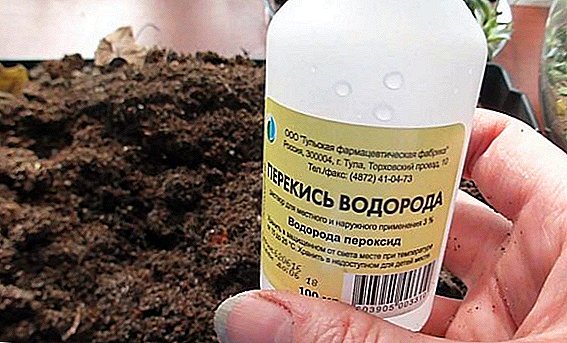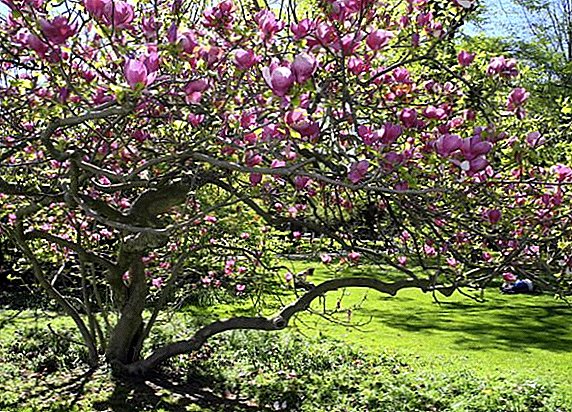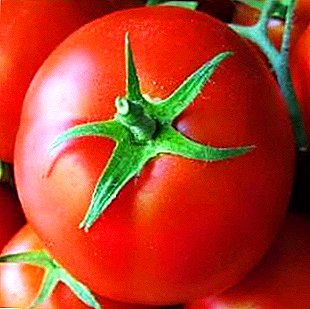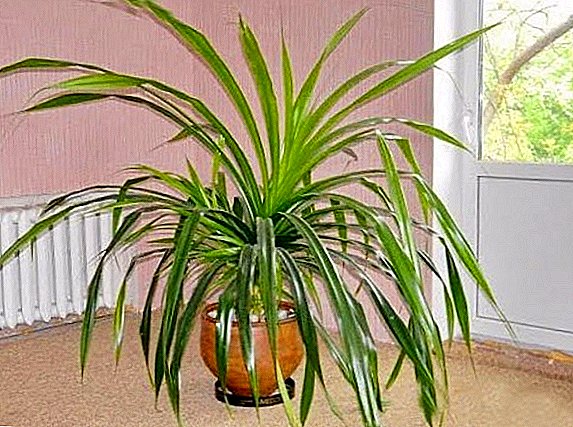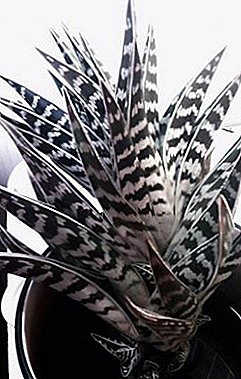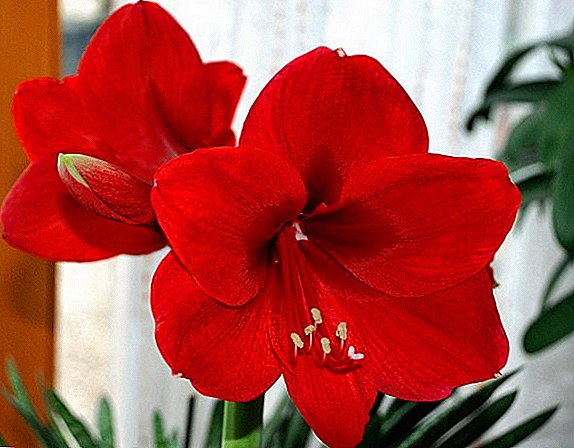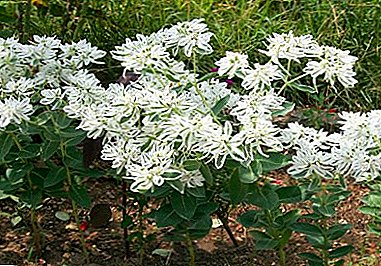 Hearing an unusual name, many wonder what is ezhalina?
Hearing an unusual name, many wonder what is ezhalina?
This common name describes raspberry and blackberry hybrids that have already gained popularity in our latitudes. Gardeners appreciate them for unpretentiousness and high yield.
Comparing the spring with the usual raspberries, it turns out that the hybrid is superior in fruiting, taste and juicy berries. A huge variety of vitamins and microelements should be added to all the benefits of every day: B1, B2, B3, E, C, PP, K, phosphorus, iron, copper, manganese. This berry also contains carbohydrates, citric and malic acids.
If you want to plant such a hybrid in your plot, you first need to learn everything about the spring.
Yemalia: what is this miracle
Because emalin is hybrid of blackberry and raspberry, it tastes like a "cocktail" of these two berries, but always with sourness. The fruits of the crops are larger than raspberries. Plants each year give a remarkable harvest, without requiring special attention.
 Widely popular variety of trees is considered "Tiberri" from Scotland. He is the most productive variety. "Tiberri" is resistant to diseases and is not interesting to pests, does not need preventive treatment. It grows well and gives a wonderful harvest on any soil. Therefore, the cultivation of saplings can not be called a difficult task.
Widely popular variety of trees is considered "Tiberri" from Scotland. He is the most productive variety. "Tiberri" is resistant to diseases and is not interesting to pests, does not need preventive treatment. It grows well and gives a wonderful harvest on any soil. Therefore, the cultivation of saplings can not be called a difficult task.
Did you know? Eating the bloodsports brings tremendous health benefits. It strengthens the capillaries, removes inflammation well, helps fight sclerosis, contains a large amount of calcium.
Choosing a place for planting saplings
The place for the spring should be sunny and windless. If the bushes grow in the shade, they will quickly begin to wither, and the crop will be much worse. The soil must be fertile and aerated so that the moisture does not stagnate.
Preliminary work and landing scheme
The best time for planting a hybrid is the end of September - the beginning of October, in the southern regions, the deadlines are extended to the end of October. Dig holes for seedlings the same as for raspberries (40/40/40). The distance between the bushes should be about a meter.
Care and secrets of successful cultivation of saplings
 Yemalina is an unpretentious plant, but still, in order to grow healthy bushes, to please yourself and your loved ones with tasty berries, you need to know some of the "tricks" on planting and caring for the plant.
Yemalina is an unpretentious plant, but still, in order to grow healthy bushes, to please yourself and your loved ones with tasty berries, you need to know some of the "tricks" on planting and caring for the plant.
Important! Do not add organic matter in the planting hole, because of this reduced frost resistance of the plant.
Watering and feeding
Immediately after planting saplings, saplings need to be watered abundantly and mulch the soil near each bush.
For a good harvest, feed and water the plant during a drought. Mulch can provide it with all the necessary substances, except nitrogen. But it can be replaced by infusion of nettle or manure, making these components until mid-July. Add manure and compost can be no earlier than two years after planting.
Did you know? When fertilized with rotted manure, etalin produces a generous harvest.
The role of mulch
 In the future, care for every spring includes mulching. In late April - early May, the ground under the plants should be reinforced with corrugated cardboard. Pour over the sawdust, ash, weeds and dry mullein on top of it. The layer should be 8-15 cm. The advantage of such mulch is its ability to rot and then become a wonderful fertilizer.
In the future, care for every spring includes mulching. In late April - early May, the ground under the plants should be reinforced with corrugated cardboard. Pour over the sawdust, ash, weeds and dry mullein on top of it. The layer should be 8-15 cm. The advantage of such mulch is its ability to rot and then become a wonderful fertilizer.
Garter on the trellis
Since this hybrid is grown on a trellis, gardeners often have a question: How to tie up the spring?
In the summer, she will expel many new shoots. When the tops reach 2–2.5 m in length, they will need to be pinched. And when they become thicker and give side shoots, the young need to be distributed on the bottom wire or on the ground.
Every week, not all berries ripen immediately, so it fruits until frost. After the shoots fulfill their seasonal yield plan, they are cut at the base, and the young twigs are laid along the wire, at the bottom of the trellis. When frost comes, shoots are lowered to the ground and sprinkled with soil and leaves.
Pruning bushes
 After planting, shorten the bushes to 30 cm. In the future, experienced gardeners advise cutting the bushes in early spring or late autumn. But it is best to do this after fruiting.
After planting, shorten the bushes to 30 cm. In the future, experienced gardeners advise cutting the bushes in early spring or late autumn. But it is best to do this after fruiting.
You can look at the correct cropping of the logs on our scheme.
Spraying and protection from pests and diseases
If you notice that the leaves of the spring are covered with white bloom, you can help get rid of it such drugs: "Strobe", "Skor", "Saprol", "Mikosan", "Vectra" and "Topaz". But remember that treatment with therapeutic agents will need to be stopped a month before harvesting.
During the growing season, hybrids are sprayed with the following substances: 1% solution of colloidal sulfur, 0.5% soda ash, wood ash (200 g per 10 liters of water). In the summer, sprinkle the spring with a decoction of horsetail: 1 kg of fresh horsetail for 10 liters of cold water must be infused for 24 hours, then boiled for 30 minutes, cool, strain and dilute with water in a ratio of 1: 5.
Wintering Eve
So that the bushes do not freeze during the frosts, they definitely need preparation in winter. This is done in several stages:

- In the autumn-summer period, supply the plant with potassium-phosphate fertilizers.
- Crop after harvesting the entire crop - remove last year’s branches, leaving only strong shoots.
- Moisten the soil well before wintering.
- Mulch bushes.
- In October, remove shoots from the trellis and tie them closer to the ground.
- Cover the branches.
- Spring time untie the branches and raise the trellis.


